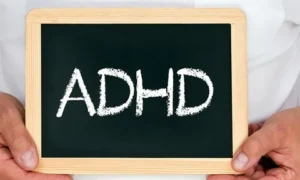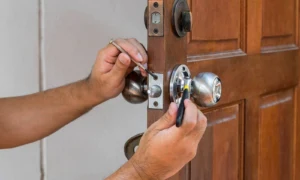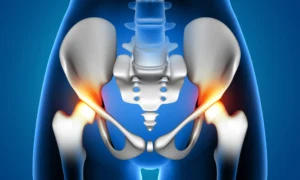The identity of the genetic father has a significant impact on how families are shaped. Beyond the profound emotional effects, proof of paternity influences access to health information, property claims, custody privileges, child support and alimony advantages. It makes sense that there are concerns about the accuracy of the DNA paternity testing techniques used today. To what extent may genetic analysis determine paternal heritage? Let’s examine the main scientific strengths and weaknesses.
Modern sequencing provides exceptional precision in paternal matching when tested under ideal circumstances. When applied responsibly, modern paternity determination methods use distinguishable DNA markers inherited by descent to calculate a probable likelihood of parentage of over 99%. Real-world accuracy, however, is heavily dependent on approach. Accuracy is greatly influenced by factors such as test kinds, sample quality, and analytical consistency from a certified facility such as ChoiceDNA.
What is the purpose of DNA paternity testing?
For several reasons, establishing paternity might be significant. It can be beneficial:
- Acquire legal rights to inheritance, Social Security benefits, and child support and custody.
- Find connections to hereditary disorders that may impact your long-term well-being.
How is a DNA Paternity Test conducted?
To determine paternity, two methods are equally accurate:
Blood tests: The prospective father and the kid provide blood samples in a doctor’s office. The facility sends the samples to a lab for examination.
Cheek swabs: To check for buccal (cheek) cells, the prospective father and kid swab the inside of their cheeks. The cotton swab applicators are mailed to a specified lab. If swabbing occurs at a medical facility, the office transmits the samples to a laboratory.
The Accuracy of DNA paternity Testing
When determining if a man is a child’s biological father, the DNA paternity test has an accuracy rate of about 100%. Examples of what to expect from a paternity test report are provided below. When the biological mother has participated in the test, we would anticipate seeing at least a 99.9999% chance for inclusion as the biological father in the event of a positive DNA paternity test result. If the outcome is negative, meaning the guy is not considered the biological father, then the % likelihood would be 0. If the mother chooses not to participate in the paternity test, there is still a 99.99% chance of inclusion. In this instance, although paternity is essentially established, the test result would still be reported as positive.
What factors may influence a paternity DNA test’s finding?
The science of DNA connection testing is well established, and the practice has been around for a while. Because of this, many software and databases are utilized in laboratory studies to determine biological linkages. Samples can occasionally become contaminated or jumbled up when people take their DNA samples using a self-collection kit. In this situation, the lab can determine the issue and ask for fresh samples. Furthermore, we need to be aware of any family ties that may exist between possible biological dads.
Testing Methodology and Legal Testing
The procedural caution of personal lineage, ChoiceDNA’s DNA test kits, and legal court-admissible paternity assessments differ significantly. But if certain precautions are taken, both give exceptional accuracy. The scientific dependability of testing acceptable in court for contested decisions is made possible by regulated laboratory analysis, direct sample supervision, strict chain-of-custody procedures, and solid statistical confirmation standards.
Conclusion
Analyzing a certain number of a person’s DNA markers and comparing the results to those of another person are the steps involved in DNA paternity testing. Like other genes, these particular markers differ from person to person and are inherited from both of our biological parents. Based on this analysis, a determination is reached on the man’s status as the child’s biological father. How precise is DNA paternity testing is the question that is frequently asked. Through development in biological science and the advancement in DNA sequencing techniques and services provided by certified DNA testing facilities like ChoiceDNA, the probability, and questions of accuracy are answered with the statistical examinations.






































